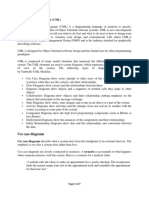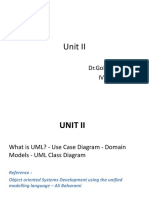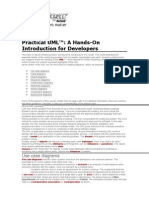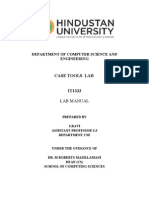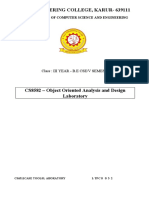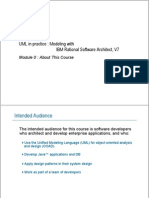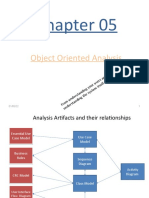0% found this document useful (0 votes)
62 views22 pagesLecture DB9
Place call
Phone: Ringing
Callee: Pickup call
Caller: Hello!
Callee: Hi!
Caller: How are you?
Callee: I'm good thanks
Caller: Ok bye!
Callee: Bye!
Phone: Hang up
Uploaded by
Dina NabilCopyright
© © All Rights Reserved
We take content rights seriously. If you suspect this is your content, claim it here.
Available Formats
Download as PPT, PDF, TXT or read online on Scribd
0% found this document useful (0 votes)
62 views22 pagesLecture DB9
Place call
Phone: Ringing
Callee: Pickup call
Caller: Hello!
Callee: Hi!
Caller: How are you?
Callee: I'm good thanks
Caller: Ok bye!
Callee: Bye!
Phone: Hang up
Uploaded by
Dina NabilCopyright
© © All Rights Reserved
We take content rights seriously. If you suspect this is your content, claim it here.
Available Formats
Download as PPT, PDF, TXT or read online on Scribd
/ 22









